Showing 1-13 of 13 results
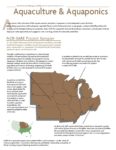
Aquaculture and Aquaponics
Aquaculture is the cultivation of fish, aquatic animals, and plants. Aquaponics is a bio-integrated system that links recirculating aquaculture with hydroponic vegetable, flower, and/or herb production. In aquaponics, nutrient-rich effluent from fish tanks is used to fertigate hydroponic production beds. SARE has supported advances by producers, researchers, and educators that are helping to advance aquaculture and aquaponics into working models of sustainable production.
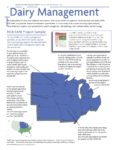
Dairy Management
The sustainability of a dairy farm relates to many factors revolving around farm management, use of resources, and quality of life. NCR-SARE has supported research and education opportunities in a wide variety of dairy topics including organic dairying, value-added dairy options, pasture productivity, animal management, milk marketing, small ruminant dairies, and farm energy.
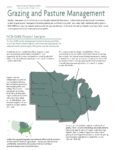
Grazing and Pasture Management
Grazing management is critical to any pasture-based livestock farming system. Practices such as rotational grazing, intensive rotational grazing, and management intensive grazing can be critical to successful and sustainable grazing systems. NCR-SARE has supported research and educational opportunities around the topic of grazing and pasture management in order to help producers reduce costs and increase profits.
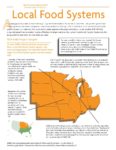
Local Foods
A growing group of people are interested in getting more local foods into the hands of consumers—and providing additional marketing channels for farmers to produce sustainable, local foods. “Scaling up” local food refers to the process of building the system necessary to make local food available to a wider segment of the population than currently possible. NCR-SARE has supported research and education in some of the key challenge areas to scaling up local foods including agricultural production, storage and transportation, and marketing and sales.
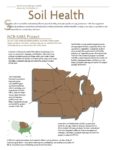
Soil Health
Healthy soil is essential for maintaining efficient growth, fertility, and water quality in crop production. SARE has supported advances by producers, researchers, and educators as they examine the on-farm benefits of using cover crops, crop rotation, manure amendments, composting, and more.
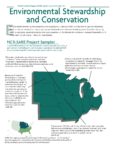
Environmental Stewardship and Conservation
Environmental stewardship and conservation are necessary in sustaining the future of any farm or agricultural business. Whether it be conservation training for agronomy professionals or recultivation of native grasses into rotational grazing, SARE has supported recent advances by producers, researchers, and professionals to make environmental stewardship and conservation a high priority in the agriculture industry.
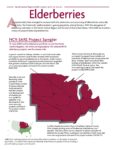
Elderberries
As opportunities have emerged to increase both the production and processing of elderberries across the value chain, the historically medicinal plant is gaining popularity among farmers. With the resurgence of elderberry cultivation in the North Central region and the rest of the United States, NCR-SARE has funded a variety of projects featuring elderberries.

Camelina: Seed to Oil Video
This short documentary follows a Minnesota family as they grow and locally press organic Camelina Oil.
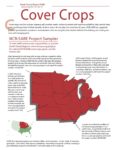
Cover Crops
Cover crops can slow erosion, improve soil, smother weeds, enhance nutrient and moisture availability, help control many pests, and bring a host of other benefits to farms across the country. NCR-SARE has supported projects by researchers, producers, and educators who are using this time-tested method of revitalizing soil, curbing erosion, and managing pests.
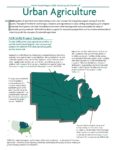
Urban Agriculture
The integration of agriculture into urban settings is not a new concept, but it is gaining support among all over the country. Throughout the North Central region, residents and organizations in urban settings are stepping up to integrate sustainable food systems into their immediate environment while teaching youth and communities the value of sustainable growing methods. NCR-SARE has shown support for innovative projects that work to combine the benefits of urban living with the concepts of sustainable agriculture.
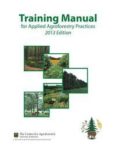
Training Manual for Applied Agroforestry Practices
The Training Manual for Applied Agroforestry Practices helps to explain agroforestry practices and their applications. It is designed for natural resources professionals and landowners, and includes worksheets and exercises for use as an educational tool. Additionally, the manual is designed to assist in the decision process so that, when established or managed, the agroforestry practice is most effective at achieving the desired objectives.

Handbook for Agroforestry Planning and Design
The steps provided in the Handbook for Agroforestry Planning and Design will allow you to identify what agroforestry products can grow on your land, which of these products you can sell profitably, and how to develop basic business and marketing strategies.

Spring Wild Bees of Wisconsin Online Identification Guide
The Spring Wild Bees of Wisconsin online guide is designed to help users identify wild bees commonly found in Wisconsin in the spring and early summer by their color, shape, size, and habitat. Users can learn to distinguish among different types of bees and learn about the important roles they play in nature and agriculture.